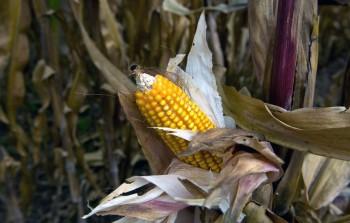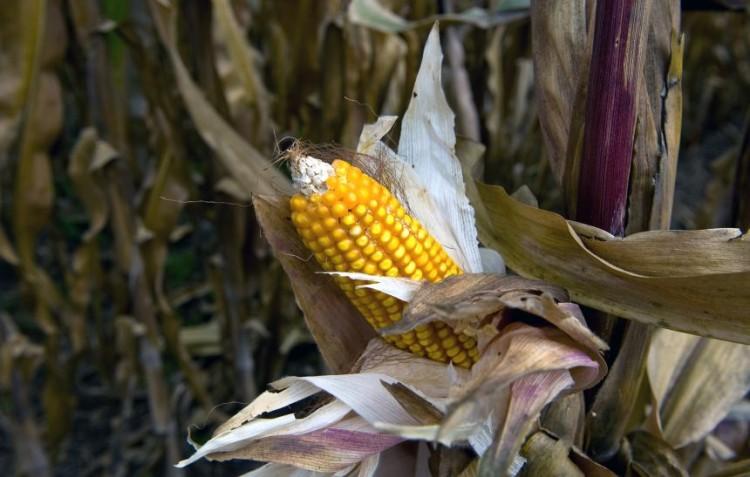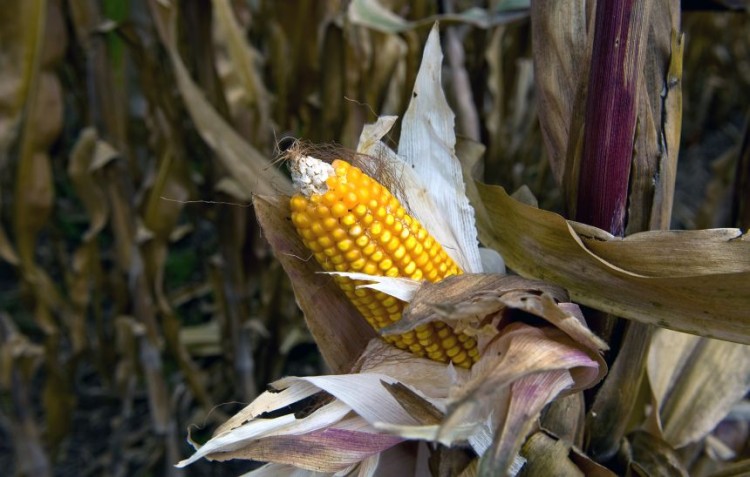Opinion
Busting the Myths About GM Foods
Genetically modified food poses unknown risks to health and the environment.

Corn at the Phytogenetic Resources Center of the International Maize and Wheat Improvement Center, in Texcoco, Mexico, on Oct. 28, 2009. The Mexican government approved the farming of transgenic corn in Mexican fields. Ronaldo Schemidt/AFP/Getty Images
|Updated:

